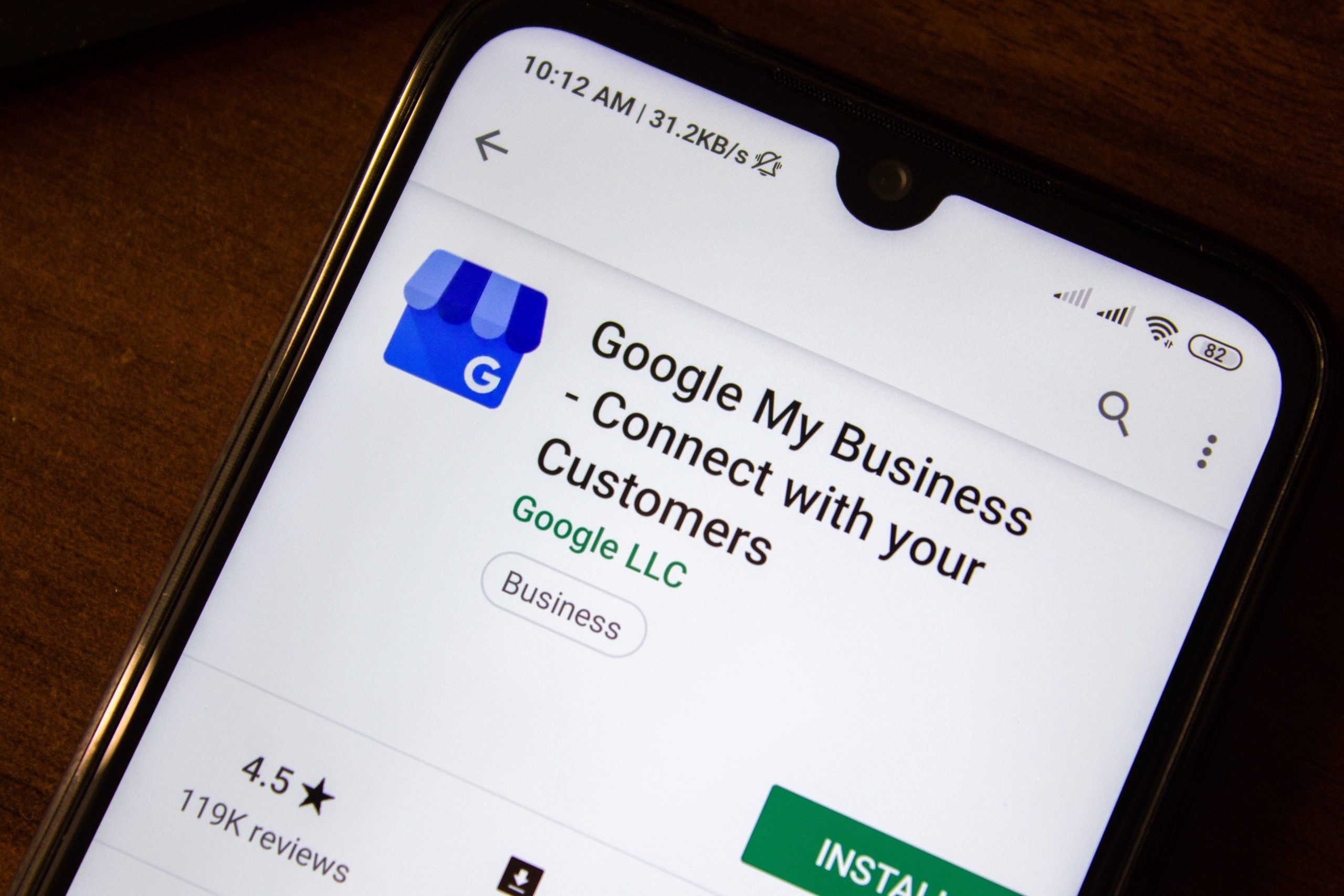Crafting a Digital Marketing Strategy for Beginners | Pt.2
In the first part of this series, we discussed basic marketing approaches, channels, and tools.
In this section, we will cover how to establish goals, audit your brand’s current digital presence, and how to critically review your website for optimization opportunities.
1) Audit Your Current Digital Presence
A deep analysis of your current online business presence is always the first step. The following are a few basic SEO metrics to check first:
Present on Social Media?
Are you building followers and sharing great content? Do you have frequent interactions with followers?
Based on your product or service, are you using the most relevant social media channels? How do you know?
Facebook has the ability to target very specific people with extremely specific interests. Whereas Twitter lets you reach an incredibly large diverse audience quickly. What are your goals?
Have you run any targeted ads? If not, plan to start.
Are you present regularly, creating a warm fire of engaging content for your followers to gather around, ensuring they have the emotional inclination to choose your brand when the time comes?
Claimed your Google+, My Business, Maps, and Bing Places for Business pages?
By thoroughly filling out your Google and Bing business pages, you feed the search engine itself a blueprint of your company and your market category. It also allows you to specify important details, such as service area.
Mobile voice search, including the phrase “near me” has grown exponentially in recent years. Adding your business address to the search engine data bank allows your site to be seen in location-based searches.
Creating Content?
Do you have a content marketing strategy in place? Creating content that your audience finds useful or valuable will continue to positively return on the effort.
Running keyword analysis before beginning will help maximize your reach and effectiveness. Carefully consider how your users may be trying to find you and measure each keyword or string for opportunities.
To do this with no investment, create a free Adwords account to access the Keyword Planner.
Good content can be reused, repurposed, and as long as you keep up with broken links, it has potential to provide continuous backlink authority as it is shared.
2) Critically Review Your Website
You will want to check the basics:
Is your website mobile friendly?
Mobile search has officially surpassed desktop. Your site should automatically adjust across devices or Google will lower your rank when it’s mobile first algorithm update is released later this year.
Does each page have unique content?
If any of your pages contain repeat language or try to address multiple topics under the same URL, you’ll need to edit to ensure each page is addressing just one unique feature of your business.
This is a great tip for those small business owners managing their own website content. Break down each page to pointedly narrow subcategories and hyperfocus keywords and content to address a very specific category. This will help each unique URL rank and appear in results pages.
Does each page address a specific keyword?
Don’t confuse your customers or the Googlebot crawling and indexing your website. Make sure the content on each page is shaped around a specific set of strategic keywords, and focused on one consistent theme per page.
This simplifies copywriting immensely because your focus isn’t split. By focusing your keywords you will help each unique URL rank and appear in results pages
When was the last time you updated your website content?
The answer to this should always be “recently”. Pictures, video, blog posts, webinars, something. Pick a medium that delivers your message to your core audience most efficiently and use it to drive useful content in front of them on a regular schedule.
Google Analytics allows you to track the traffic flow through each page, identify which topics, channels, and customer types engage the most, and focus your energy there.
Before you ask what to do, you should ask yourself why? What are your specific business goals you hope to achieve through your online efforts?
3) Define Specific Goals
Focus on SMART goals:
Specific, Measurable, Attainable, Realistic, Time-Based
Once you have these in place you can design all marketing actions around these goals, maximizing their effect and focusing all energy toward a trackable achievement.




